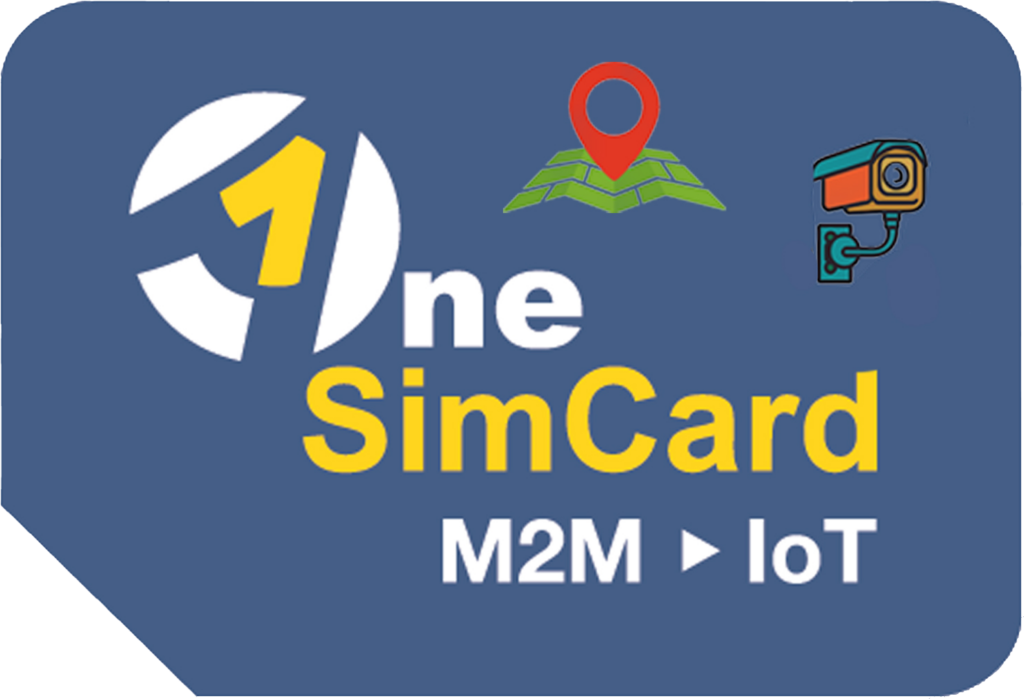The rapid expansion of connected devices has significantly increased the demand for secure and uninterrupted communication. In today’s interconnected world, the ability of devices to communicate efficiently is crucial for businesses and consumers alike. One critical component supporting this connectivity is the specialized module inserted into devices to enable cellular communication. These modules, known as IoT SIM cards, facilitate reliable machine-to-machine (M2M) communication and Internet of Things (IoT) applications.
This guide explores the fundamentals of IoT SIM cards, their key features and benefits, step-by-step integration guidelines, and the future of this technology in the evolving landscape of connected devices.
Understanding the Basics
An IoT SIM card is a small module that enables devices to connect to cellular networks. Unlike standard SIM cards used in mobile phones, these specialized modules are engineered to meet the unique requirements of IoT applications. They function under varying environmental conditions, support low power consumption, and ensure secure data transmission, even when deployed in remote areas.
Many IoT SIM cards support multiple network standards, including 2G, 3G, 4G LTE, and emerging 5G networks, ensuring seamless connectivity regardless of location. Some also offer global roaming capabilities, allowing devices to remain connected across different countries without requiring manual carrier switching.
Key Features and Benefits
IoT SIM cards offer several advantages, making them indispensable in IoT applications. They come equipped with advanced security features, including encryption protocols, secure authentication, and data protection mechanisms. These safeguards help prevent cyber threats, ensuring the secure transmission of sensitive information.
Another significant benefit is energy efficiency. Many IoT devices operate in remote locations where maintenance is challenging. These SIM cards are designed to function optimally under low power conditions, extending the operational lifespan of battery-powered devices. This feature is crucial for applications such as environmental monitoring, smart agriculture, and asset tracking.
Additionally, IoT SIM cards enable seamless scalability. Businesses deploying large-scale IoT networks can efficiently manage multiple devices through centralized platforms, allowing for remote diagnostics, firmware updates, and device management.
Step-by-Step Guidelines for Integration
Integrating an IoT SIM card into a device requires a structured approach to ensure optimal performance and reliability:
- Assess Device Requirements: Determine network compatibility, data transmission needs, power consumption, and security requirements.
- Select the Right Module: Choose an IoT SIM card that supports the necessary network standards and environmental conditions.
- Install and Configure: Insert the SIM card, configure network settings, and set up access point names (APNs) and security protocols.
- Test Performance: Verify network connectivity, monitor signal strength, and assess data transmission speeds.
- Implement Security Measures: Configure encryption and authentication settings to safeguard data transmission.
- Monitor and Maintain: Regularly update firmware and utilize remote management tools to optimize performance.
Conclusion
IoT SIM cards play a crucial role in ensuring that connected devices remain linked to cellular networks. With secure data transmission, low power consumption, and seamless integration, these modules support the backbone of modern IoT deployments. Organizations that invest in the right IoT SIM card solutions can build scalable, future-ready networks that enhance connectivity and operational efficiency. By understanding IoT SIM cards and staying informed about industry advancements, businesses can make strategic decisions that support long-term success.






